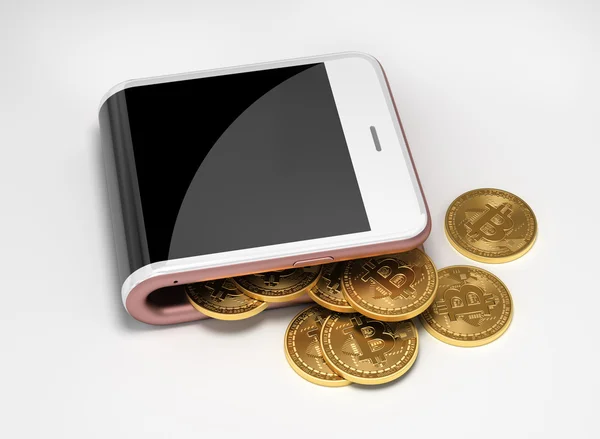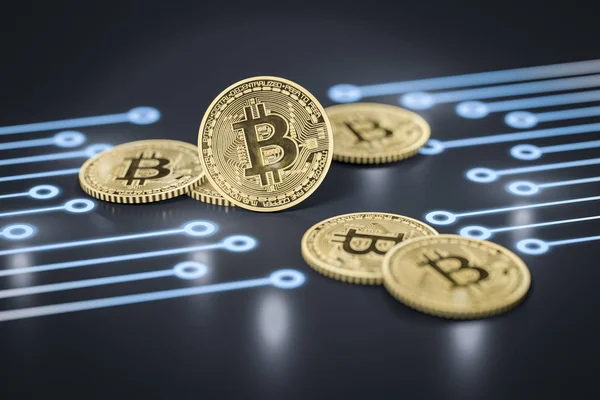Bitcoin, the pioneer of cryptocurrencies, has gained significant traction as both a digital currency and an investment asset. If you’re considering investing in Bitcoin, it’s crucial to understand the steps involved to ensure a secure transaction. This guide provides a comprehensive overview, taking you from a basic understanding of Bitcoin to safeguarding your newly acquired digital asset.
Understanding Bitcoin: A Brief Introduction
Before diving into the purchasing process, it’s essential to have a basic grasp of what Bitcoin is. Bitcoin is a decentralized digital currency that facilitates peer-to-peer transactions without the need for a central authority or intermediary. It operates on blockchain technology, which ensures transparency and security in transactions.
- Decentralization: Bitcoin is not controlled by any government or financial institution, making it immune to political interference and inflation.
- Limited Supply: There are only 21 million Bitcoins that can ever be mined, which contributes to its scarcity and potential value growth.
- Blockchain Technology: A public ledger system that records all Bitcoin transactions, ensuring transparency and security.
Choosing the Right Bitcoin Wallet

Your Bitcoin wallet is where you store your digital currency. The security of your wallet is paramount, as it holds the private keys necessary to access and manage your Bitcoin.
- Types of Wallets:
- Hardware Wallets: These are physical devices that store your private keys offline, offering high security against hacking.
- Software Wallets: Applications that can be installed on your desktop or mobile device for easy access and management.
- Paper Wallets: A physical printout of your public and private keys, ideal for long-term storage.
Comparative Table of Wallets
| Feature | Hardware Wallets | Software Wallets | Paper Wallets |
|---|---|---|---|
| Security | High | Medium | High |
| Accessibility | Moderate | High | Low |
| Cost | High (initial) | Low/Free | Very Low |
| Ease of Use | Moderate | High | Low |
Selecting a Reliable Cryptocurrency Exchange
To purchase Bitcoin, you need to register with a cryptocurrency exchange where you can buy, sell, and trade cryptocurrencies. Choosing a reliable exchange is crucial for a secure transaction.
- Factors to Consider:
- Reputation: Research user reviews and expert opinions to ensure the exchange is reputable and trustworthy.
- Fees: Compare transaction, deposit, and withdrawal fees among different exchanges.
- Security Features: Look for exchanges that offer strong security measures like encryption and insurance.
Securing Your Account with Strong Authentication
Protecting your exchange account is critical to prevent unauthorized access. Implementing strong authentication methods enhances the security of your account.
- Two-Factor Authentication (2FA): Enables an additional layer of security by requiring a second form of identification beyond just your password.
- Regular Password Updates: Change your password periodically and use a combination of letters, numbers, and symbols.
- Secure Connections: Always access your account through a secure, private internet connection to avoid potential breaches.
Making Your First Bitcoin Purchase
Once your account is set up and secured, you’re ready to make your first Bitcoin purchase.
- Link Your Payment Method: Connect your bank account, credit card, or other payment method to your exchange account.
- Place an Order: Decide on the amount of Bitcoin you wish to purchase and place a buy order on the exchange. You can choose between a market order (buy at current price) or a limit order (set your preferred purchase price).
- Confirm the Transaction: Review the details and confirm the transaction. Once completed, the Bitcoin will be transferred to your wallet.
Safeguarding Your Bitcoin: Best Practices
After purchasing Bitcoin, ensuring its security is your responsibility. Here are some best practices:
- Regular Backups: Regularly back up your wallet to prevent data loss in case of hardware failure.
- Cold Storage: Store the majority of your Bitcoin in a cold wallet (hardware or paper) to protect it from online threats.
- Be Wary of Scams: Always verify communications and transactions to avoid falling victim to phishing or other fraudulent schemes.
- Stay Informed: Keep abreast of the latest developments in the cryptocurrency world to stay ahead of security threats.
Embarking on your Bitcoin investment journey can be exhilarating and rewarding, provided you take the necessary precautions to ensure a secure transaction. By understanding Bitcoin, choosing the right wallet and exchange, securing your accounts, and following best practices, you can confidently navigate the world of digital currency.





This article is super helpful for beginners like me! I didn’t know much about Bitcoin before, but now I understand the wallets and exchanges better. Thanks for the clear steps!
This article really helped me understand what Bitcoin is. I didn’t know it was decentralized!
I liked the part about different types of wallets. Now I know which one to choose for my Bitcoin.
The security tips are useful! I will definitely use two-factor authentication for my account.
Great overview! The comparison table made it easy to see the differences between wallet types.
Thanks for explaining blockchain technology. It’s nice to learn how Bitcoin works behind the scenes.
I appreciate the step-by-step guide on how to make a purchase. It sounds simple!
Good advice on staying safe from scams. I will be more careful with my transactions now.